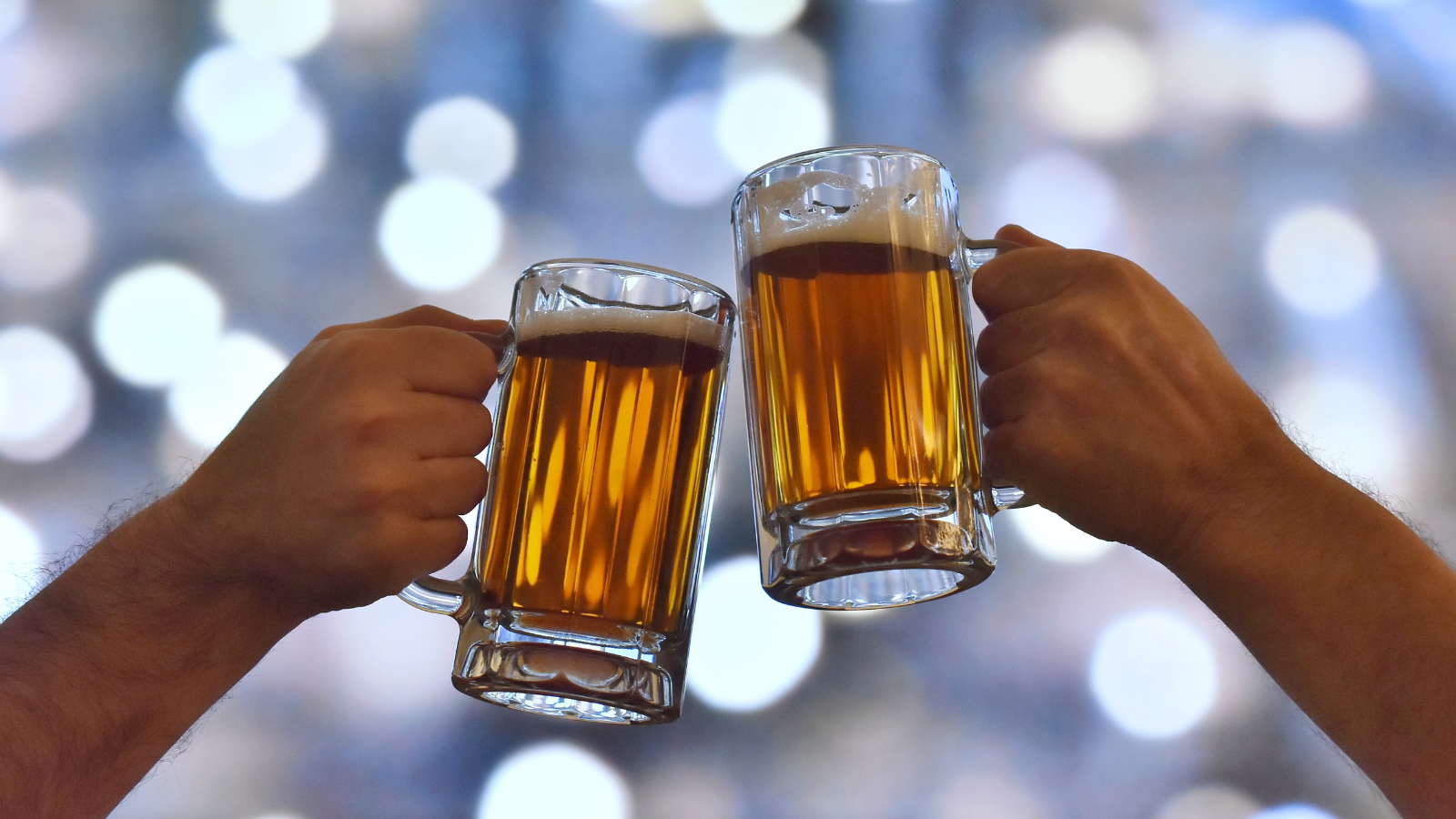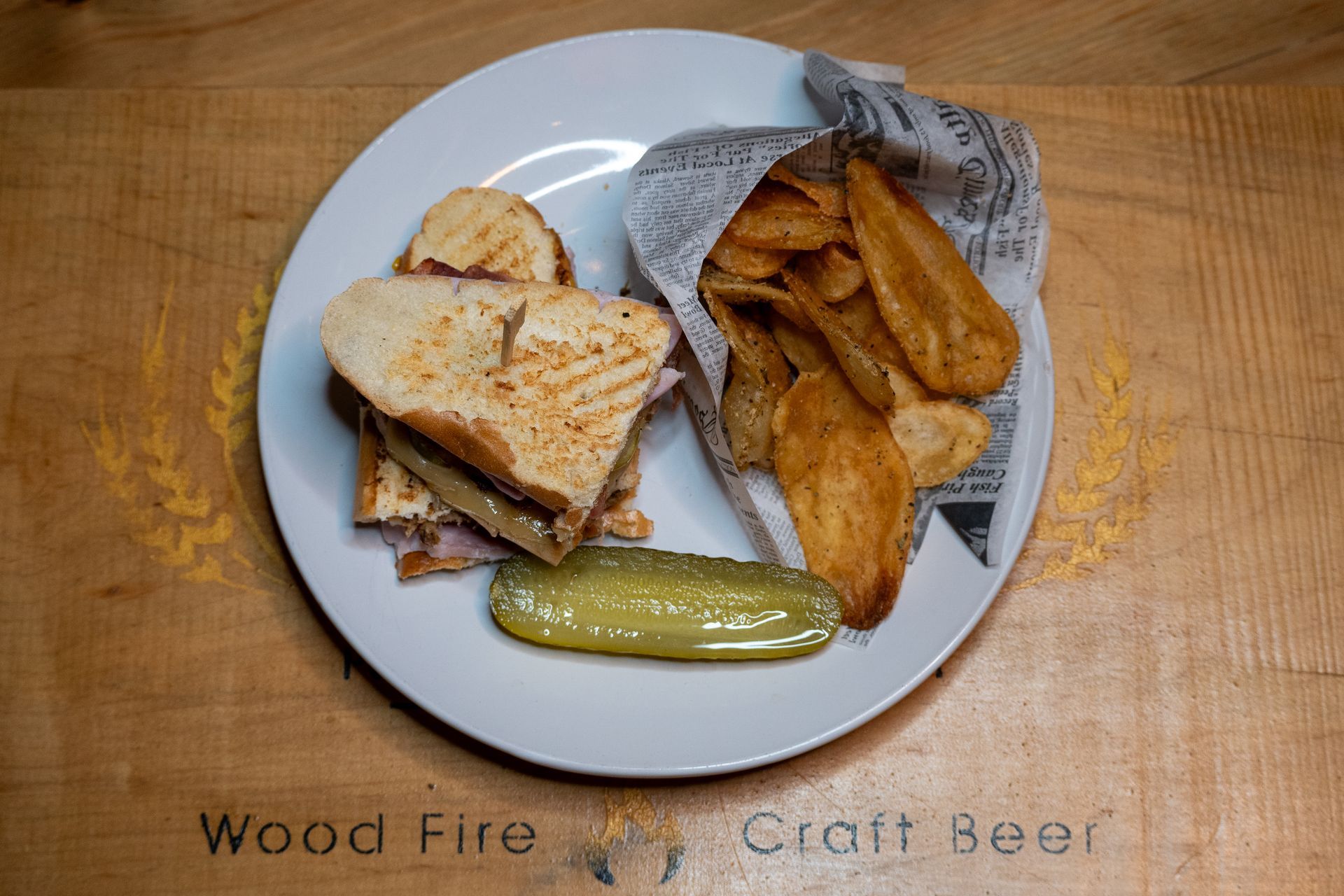Brewing Beer vs. Crafting Wine: Unveiling the Art of Fermentation
Exploring the Intricate Tapestry of Beer and Wine Fermentation
Over thousands of years, humans have harnessed the natural functions of yeast cells to produce fermented foods and beverages. While various cultures have developed many distinct fermentation methods, one of the most widely practiced fermentation processes is alcohol fermentation. In this type of fermentation, the activity of yeast cells produces ethanol, the toxic compound most widely known as alcohol. Since yeast can proliferate in various substances, provided that they have access to sugars, alcohol fermentation may make use of a wide variety of ingredients. For this reason, there exist such a range of alcoholic beverages. In essence, grapes or other fruits are used to “feed” the yeast cells in wine making. In beer making, the fermentation relies on grains instead of fruits. Beyond this basic difference, each process involves multiple critical steps, which have been developed over centuries of “trial and error.”
Role of Yeast in the Production of Alcoholic Beverages
In the intricate world of fermentation, yeast plays a pivotal role. As a living, single-celled organism categorized as fungi, yeast demands sustenance, primarily in the form of sugars. Thus, whether crafting a loaf of bread or brewing beer, the fundamental step is to combine yeast cells with a source of sugar. In the context of alcohol fermentation, grains and fruits, rich in sugars, take center stage as the primary ingredients. Under favorable conditions, yeast metabolizes these sugars, releasing two essential by-products: alcohol and carbon dioxide.
The Alcoholic Fermentation Process
The very essence of fermentation lies in the transformation of sugars found in diverse foodstuffs into alcohol and carbon dioxide. This transformation is accompanied by a bubbling or frothing, a direct result of carbon dioxide release – the origin of the term "fermentation," derived from the Latin word "fervere," meaning "to boil." The alcohol, or ethanol, generated in this process grants beverages their intoxicating capacity, serving as the essence of spirits.
However, alcohol is toxic to living organisms, leading to the state of "intoxication" when consumed. Similar to the way the body responds to any other class of poison, the metabolic system reacts to maintain overall health. As the fermentation process produces alcohol, it also leads to the eventual demise of the original yeast population. Typically, yeast can survive in a solution containing up to about 18 percent alcohol. Hence, beverages resulting solely from fermentation will not exceed this alcohol content. Distillation, a secondary process, is employed to create liquors with higher alcohol concentrations.
Crafting Wine and Beer Through Alcoholic Fermentation
In the domains of wine and beer, alcoholic fermentation is the cornerstone of production. In wine-making, grapes are harvested and crushed to yield juice, which then undergoes fermentation, often utilizing naturally present yeast organisms. Sulfur dioxide is commonly added to deter unwanted bacteria, ensuring the purity of the fermentation process. While white wines involve the removal of grape skins and stems, red wines maintain the entire grape during fermentation. Thus, both red and white wines can originate from red grapes, a point of common misconception. The duration of fermentation influences the beverage's sweetness and alcohol content, with longer fermentation resulting in drier, more alcoholic wines.
Conversely, beer production employs various grains, primarily barley, as the sugar source. These grains must be dried to convert their starches into sugars, marking the starting point of beer-making. Hops, flowers from the Humulus lupulus plant, are the second key ingredient. Apart from lending flavor and aroma, hops clear beer's appearance and protect it from bacterial spoilage. Water, the third vital component, fosters the fusion of yeast, malt, and hops, enabling fermentation to unfold.
The Perfect Blend: Artistry and Science
At Pocono Brewery Company, the art of brewing beer and crafting wine intertwines the artistry of fermentation with the science of flavor. Our commitment to harnessing yeast's potential results in a spectrum of beverages, each carrying its own story and essence. Whether a lover of the complexities of beer or the elegance of wine, we offer a journey through time and taste, inviting you to savor the fruits of our labor and the spirit of fermentation. Cheers to a world where yeast's transformative power becomes a masterpiece in every glass.




